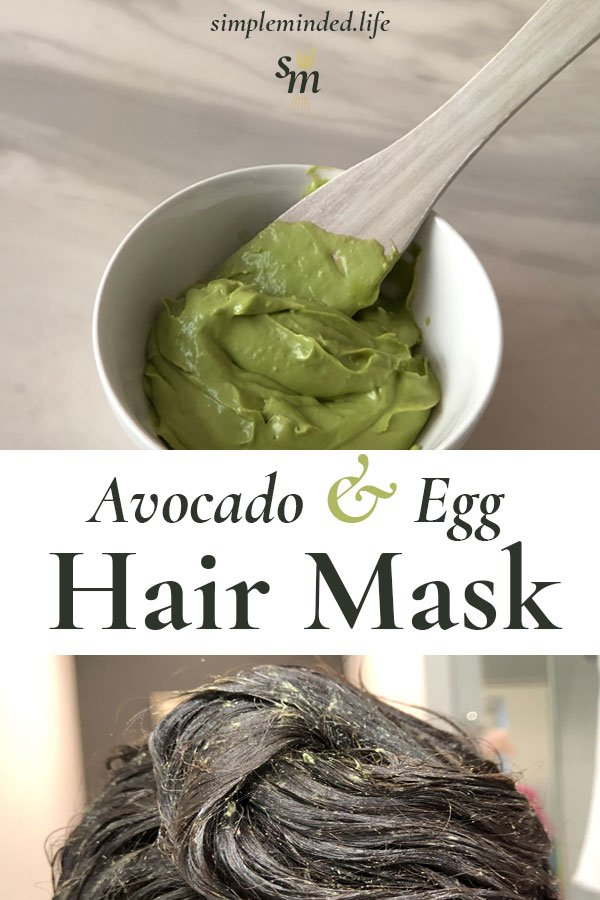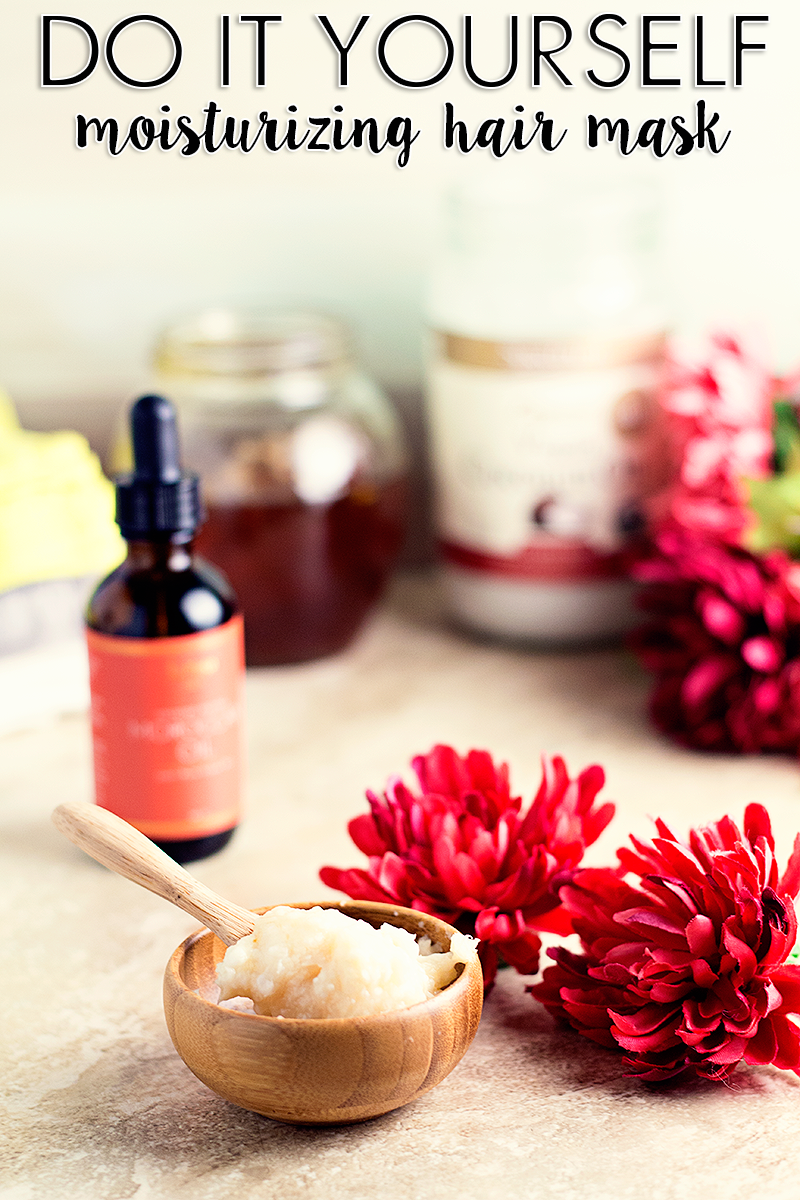DIY Moisturizing Hair Mask: Your Ultimate Guide to Healthy, Hydrated Locks
Have you ever run your fingers through your hair and felt like it’s screaming for help? Dry, brittle strands, split ends, or that dull look that just won’t go away—sound familiar? You’re not alone. Hair can take a beating from heat styling, harsh weather, or even just day-to-day life. But here’s the good news: you don’t need to drop a fortune at the salon or buy fancy products to bring your hair back to life. A DIY moisturizing hair mask made right in your kitchen can do wonders—and I’m here to show you how.
In this guide, we’ll dive deep into everything you need to know about creating your own hair mask. From picking the best ingredients to avoiding common mistakes, I’ve got you covered with practical tips, science-backed advice, and a few surprises that’ll make your hair (and wallet) thank you. Let’s get started!

Why Your Hair Needs a Moisturizing Mask
Dry hair isn’t just a cosmetic issue—it’s a sign your locks are thirsty. Hair loses moisture due to environmental factors like sun exposure, wind, or low humidity, as well as habits like over-washing or using heat tools without protection. When hair lacks hydration, it becomes weak, prone to breakage, and loses that natural shine we all crave.
A moisturizing hair mask works like a tall glass of water for your strands. It delivers deep hydration, repairs damage, and locks in moisture to keep your hair soft and manageable. Unlike store-bought conditioners that might only coat the surface, a good DIY mask penetrates the hair shaft, nourishing it from the inside out. Plus, you control what goes into it—no mystery chemicals or artificial fragrances here!
The Science Behind It
Research shows that hair is made of keratin, a tough protein that can weaken when it’s dehydrated. A 2021 study from the Journal of Cosmetic Dermatology found that natural oils (like coconut or olive oil) can reduce water loss in hair by up to 25% when applied regularly. Ingredients like honey and avocado, packed with vitamins and fatty acids, also help repair the cuticle—the outer layer of your hair—making it smoother and less prone to frizz.
Why DIY Beats Store-Bought
Sure, you could grab a tub of hair mask from the store, but many contain silicones or sulfates that build up over time or strip your hair of natural oils. With a DIY mask, you’re in charge. You can customize it to your hair type—curly, straight, thick, or fine—and skip the stuff your hair doesn’t need. Plus, it’s budget-friendly and eco-friendly. Who doesn’t love that?

Must-Have Ingredients for a DIY Moisturizing Hair Mask
Your kitchen is a treasure trove of hair-saving goodies. Let’s break down the best ingredients, why they work, and how to use them. These are the MVPs of moisture—backed by science and loved by hair enthusiasts everywhere.
1. Coconut Oil: The Hydration Hero
Coconut oil is a superstar because it’s one of the few oils that can actually penetrate the hair shaft, not just sit on top. A 2015 study in the Journal of Cosmetic Science showed it reduces protein loss in hair, keeping it strong and hydrated.
- How to Use: Warm up 1-2 tablespoons (depending on hair length) until it’s liquid, then massage it into your hair from roots to tips.
- Best For: Dry, damaged, or curly hair that needs extra TLC.
2. Honey: Nature’s Humectant
Honey pulls moisture from the air and locks it into your hair. It’s also packed with antioxidants that fight damage from free radicals (think pollution or UV rays).
- How to Use: Mix 1 tablespoon of raw honey with your base ingredient (like oil or yogurt). It’s sticky, so blend it well!
- Best For: Dull or frizzy hair craving shine.
3. Avocado: The Nutrient Powerhouse
Avocado is loaded with healthy fats, vitamin E, and biotin—all essentials for strong, moisturized hair. It’s like a smoothie for your strands.
- How to Use: Mash half an avocado until smooth, then combine with a liquid like oil or water to make it spreadable.
- Best For: Thick or coarse hair that needs softening.
4. Greek Yogurt: Protein + Moisture Combo
Yogurt’s lactic acid smooths the hair cuticle, while its proteins strengthen strands. It’s a gentle way to hydrate without weighing hair down.
- How to Use: Use ¼ cup of plain Greek yogurt as your mask base, mixing in other ingredients for extra benefits.
- Best For: Fine or thin hair that gets greasy easily.
5. Aloe Vera: The Soothing Healer
Aloe vera gel hydrates while calming an itchy scalp. A 2023 study in Dermatology Reports found it boosts hair elasticity, reducing breakage.
- How to Use: Scoop 2 tablespoons of fresh aloe gel (or store-bought, pure gel) and blend with your mask mix.
- Best For: Sensitive scalps or heat-damaged hair.
Step-by-Step: How to Make Your Perfect DIY Hair Mask
Ready to whip up your own mask? Here’s a foolproof recipe that’s simple, effective, and customizable. Follow these steps, and you’ll have salon-worthy hair in no time.
Basic Moisturizing Hair Mask Recipe
Ingredients:
- 2 tablespoons coconut oil
- 1 tablespoon honey
- Half an avocado (mashed)
- Optional: 1 teaspoon aloe vera gel for extra hydration
Steps:
- Melt the Coconut Oil: Pop it in the microwave for 10-15 seconds until it’s liquid. Warm oil spreads easier and absorbs better.
- Mix It Up: In a bowl, combine the melted coconut oil, honey, and mashed avocado. Stir until smooth. Add aloe vera if you’re using it.
- Test the Texture: It should be creamy, not runny. If it’s too thick, add a splash of water; if too thin, mash in more avocado.
- Apply to Hair: Start at your scalp and work down to the ends. Use your fingers or a brush for even coverage.
- Let It Sit: Cover your hair with a shower cap or towel and wait 20-30 minutes. For deeper hydration, leave it on up to an hour.
- Rinse Thoroughly: Use lukewarm water and a gentle shampoo to wash it out. Cold water can leave oil behind; hot water can dry your hair.
Pro Tips for Success
✔️ Section Your Hair: Divide it into 4 parts for even application, especially if it’s long or thick.
✔️ Warm It Up: Slightly heating the mask (not too hot!) helps it sink in faster.
❌ Don’t Overdo It: Once a week is plenty—too much can make hair greasy.





No comment